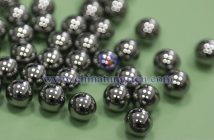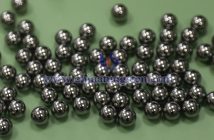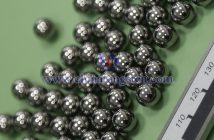Due to their exceptional properties such as high hardness, wear resistance, dimensional stability, and high-precision machining, tungsten carbide balls are indispensable components in precision measurement. Whether used as probe tips, standard components, bearings, or optical elements, they significantly enhance measurement accuracy and equipment longevity, widely serving high-end manufacturing sectors.
1. Characteristics of Tungsten Carbide Balls
Tungsten carbide balls are primarily made from tungsten carbide (WC) and metal binders such as cobalt (Co) through powder metallurgy processes. They exhibit high hardness (typically HRA 85–93), excellent wear resistance, corrosion resistance, and superior dimensional stability. These properties enable them to maintain shape and precision stability under extreme conditions, making them particularly suitable for high-precision measurement environments. The surface of tungsten carbide balls can be machined to an extremely high finish (Ra < 0.01μm), ensuring measurement accuracy.
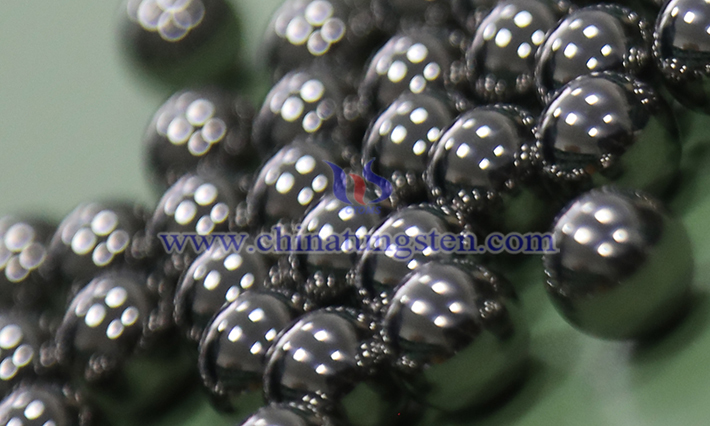
2. Main Applications of Tungsten Carbide Balls in High-Precision Measuring Instruments
(1) Probe Tips and Probes: In coordinate measuring machines (CMMs), roundness testers, and surface roughness testers, tungsten carbide balls are commonly used as contact tips for probes. Their high hardness and low friction coefficient minimize wear on the contact surface with the measured object, ensuring measurement consistency over long-term use. For example, in CMMs, tungsten carbide ball probes can precisely contact workpiece surfaces, obtaining geometric data at the micrometer or even nanometer level.
(2) Standard Components and Calibration: Due to their dimensional stability, tungsten carbide balls are often used as standard balls for calibrating the accuracy of measuring instruments. For instance, in optical measurement systems or laser interferometers, standard balls serve as reference objects to verify the instrument’s resolution and repeatability.
(3) Bearings and Guide Components: In high-precision measuring equipment, tungsten carbide balls are used as miniature bearings or guide components to support the smooth operation of moving parts, reducing friction and vibration to enhance measurement stability.
(4) Optical and Laser Systems: In laser interferometers or optical measurement devices, tungsten carbide balls function as reflective or positioning elements. Their high reflectivity and shape accuracy contribute to achieving sub-micrometer measurements.
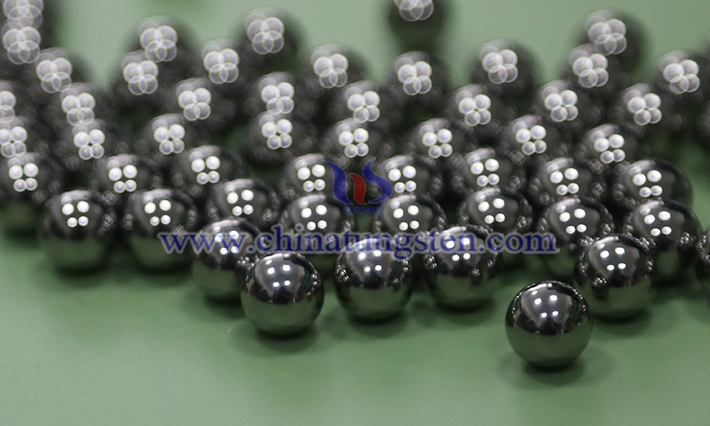
3. Advantages and Practical Significance
The advantages of tungsten carbide balls in high-precision measurement lie in their long-term stability and durability. Compared to other materials (such as steel or ceramics), tungsten carbide balls resist deformation and wear during repeated use and maintain performance in high-temperature, high-pressure, or corrosive environments. This reduces maintenance costs for measuring instruments and ensures reliable and repeatable measurements. Additionally, their high-precision machining capability supports the measurement of complex geometries, meeting the demands of industries such as aerospace, automotive manufacturing, and semiconductors for high-precision component inspection.

